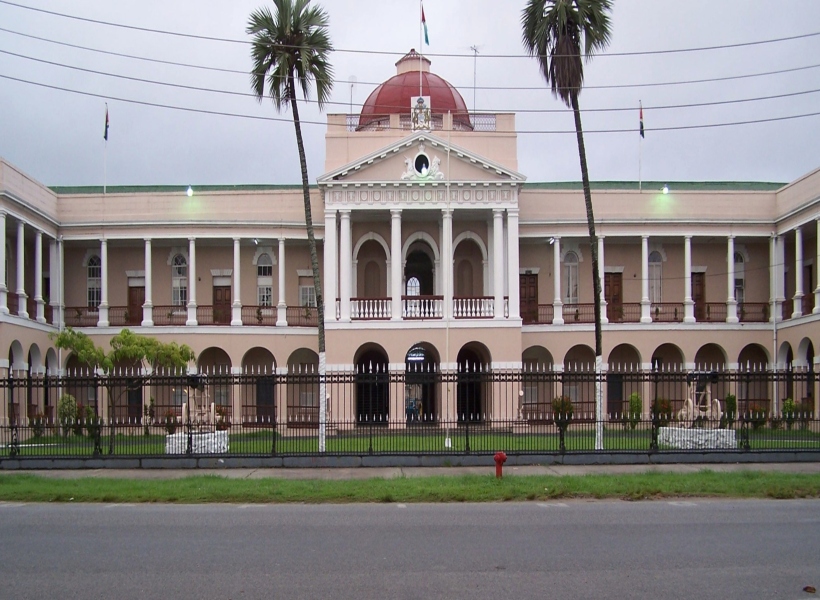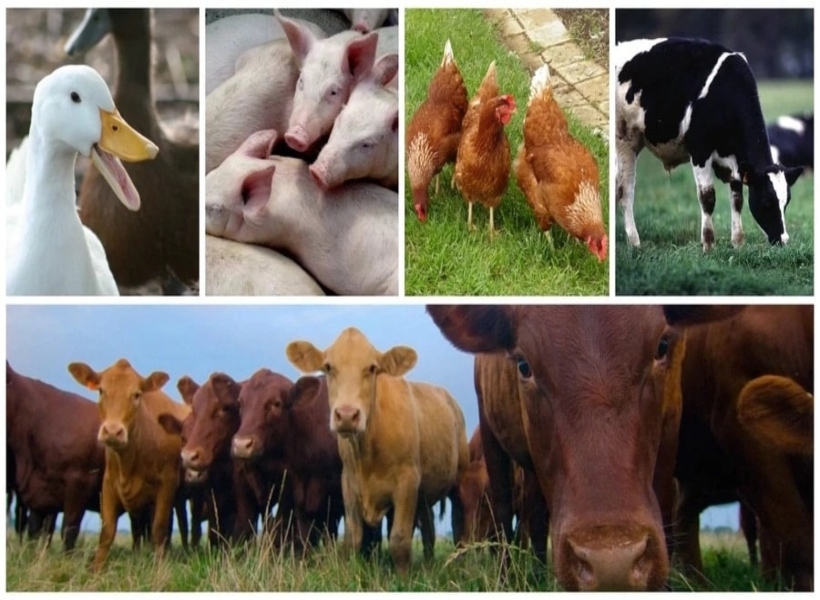Though the agriculture, forestry and fishing sectors bore the brunt of the impact of the unprecedented floods last year, some subsectors still managed to stay afloat with positive growth.
This was especially the case for the livestock subsector which is estimated to have achieved a 9.2 percent growth rate in 2021. While there was a reported loss of livestock following the floods, Senior Minister with responsibility for Finance, Dr. Ashni Singh noted that the increase is on account of growth in the production of poultry meat, beef, pork and mutton, which are estimated to have expanded by 16.5 percent, 13.9 percent, 23.6 percent and 21.3 percent, respectively, when compared with 2020 output. He said these more than offset the estimated declines in the production of eggs and milk.
The economist further noted that the increase in production reflects the growth in demand which followed the relaxation of COVID-19 restrictions on restaurants and other food establishments, combined with high demand in the oil and gas and mining sectors.
FORESTRY
Similarly, Dr. Singh noted that the forestry subsector is estimated to have expanded in 2021 by 11.3 percent. In this regard, he said some level of recovery was noted in the latter months of the year after the initial impact of the floods affected accessibility and declarations. According to the latest declarations, timber output grew from 344,179 cubic metres in 2020 to 383,189 cubic metres in 2021, reflecting strong demand as a result of the expansion in construction activity.
FISHERIES
Despite the challenges currently being faced by the subsector with regard to low catches, Dr. Singh said the fisheries industry saw positive results as it is estimated to have grown by 11 percent. The economist said notable increases were observed in production across all fish products, with the most significant growth observed for industrial finfish, which grew by 235.4 percent. Undermining the subsector’s overall performance, was a 13.5 percent decline in the production of shrimp, as a result of declines in catches of whitebelly and industrial seabob shrimp. The Finance Minister said these declines outweighed increased catches of artisanal seabob shrimp and prawns.
SUGAR, RICE & OTHER CROPS
Despite the devastation caused by the floods, Dr. Singh reported that the sugar-growing subsector managed to contain the reduction in its value-added to 34.7 percent in 2021, and delivered total sugar production of 58,025 tonnes. Guyana Standard understands that this reflects the destruction of some 4,300 hectares of cane in inundated fields in the first half of 2021.
Similarly, Dr. Singh said the record-high rainfall also had a severe impact on the rice growing sector, but noted that it managed to confine the reduction in its value-added to 20.5 percent, with total paddy production in 2021 amounting to 859,993 tonnes. He said this resulted in 558,995 tonnes of rice being produced. Consequently, yield amounted to 5.5 tonnes of paddy per hectare.
As for the other crops subsector, he said this is estimated to have contracted by 9.8 percent in 2021. When compared with the output from this industry in 2020, he said significant declines are observed for many fruits, vegetables, and spices, including papaw, bora, watermelon, sweet peppers, ochro, sweet potatoes, and ginger. Here again, the impact of the flood was sharp and severe. The minister said the reduced output of many items under this category was observed in the marketplace and fed through to prices of these and related commodities.









